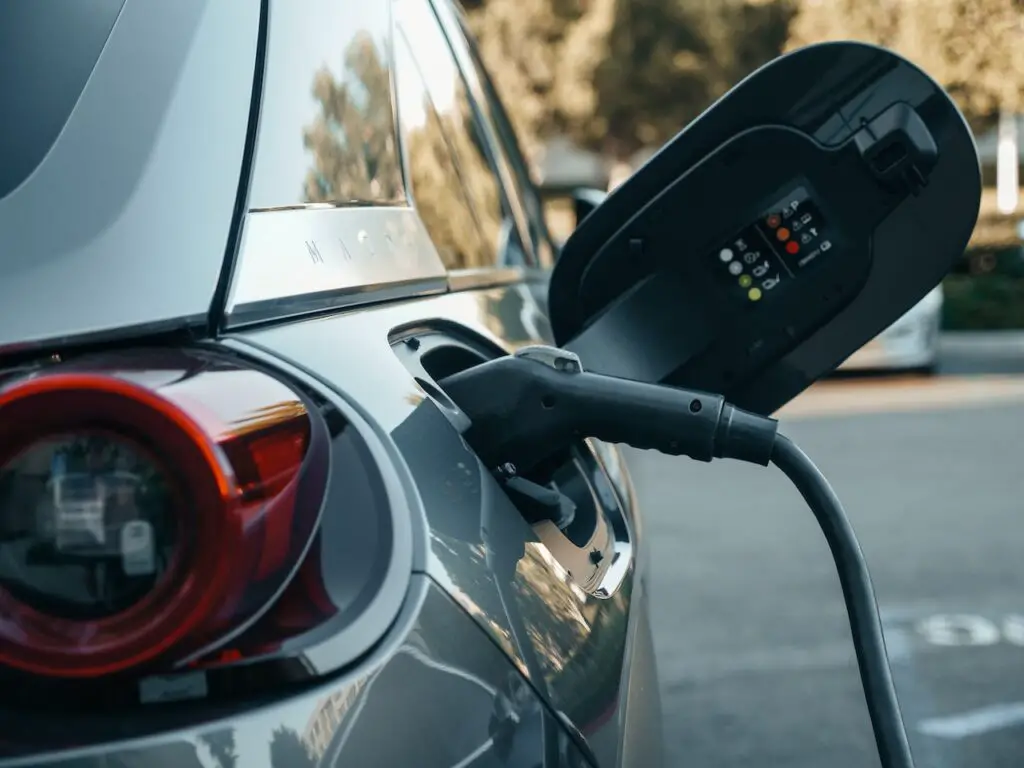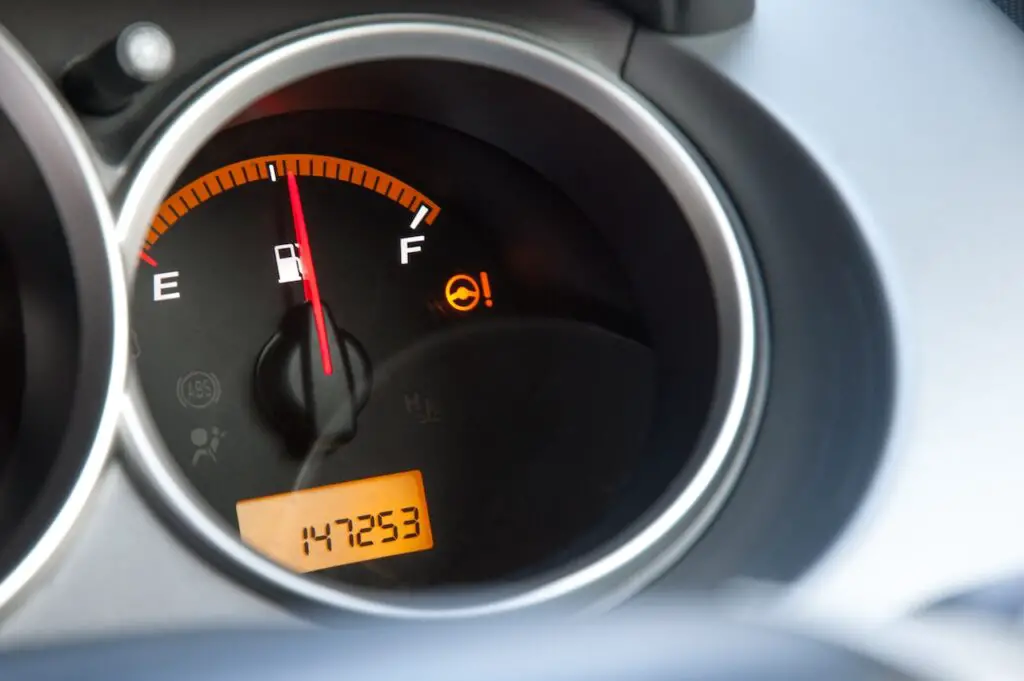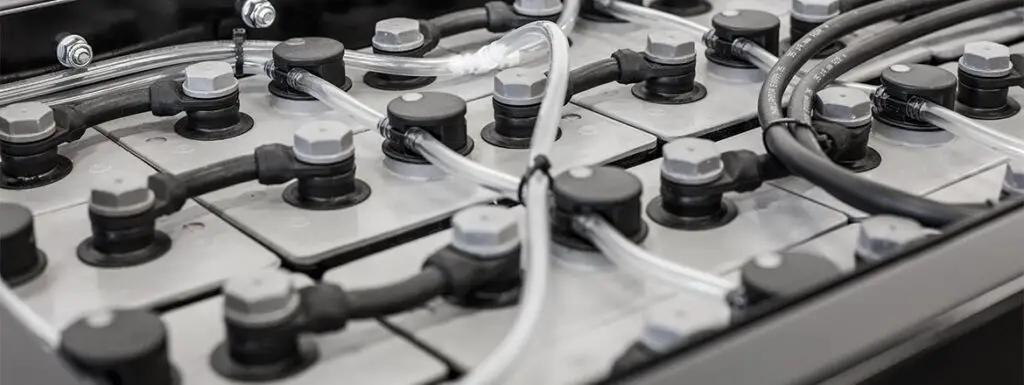If you’re considering buying an electric vehicle, one question you might have is what happens if you run out of charge while driving? The good news is that running out of charge is not as catastrophic as running out of gas in a traditional vehicle.
When your EV’s battery runs low, you’ll receive plenty of warnings, and the car will reduce propulsion power. Some EVs even have navigation systems that display the closest public charging stations. If you continue to drive with a low battery, your car will eventually come to a stop. However, you’ll still have access to features like air conditioning and heating, which will be powered by a reserve battery.
Running out of charge is known as “deep discharging,” and it can lead to battery deterioration, reducing its performance and ability to hold a charge. If you have less than 10-20% charge left, it’s always best to recharge your EV if possible rather than letting it dip further. In this article, we’ll explore what happens when you run out of charge, how to prevent it, and what to do if it happens.

Understanding Electric Vehicle Batteries
How EV Batteries Work
Electric vehicle batteries work by storing electrical energy in a rechargeable battery pack. The battery pack powers an electric motor, which drives the wheels of the car. The battery pack is made up of many individual battery cells, which are linked together to provide a high voltage output.
When you plug your EV into a charging station, the electricity flows into the battery pack and charges the individual battery cells. The battery management system ensures that the cells are charged evenly and that the battery pack is not overcharged or over-discharged.
Factors Affecting EV Battery Life
There are several factors that can affect the life of an EV battery. One of the main factors is temperature. Extreme heat or cold can reduce the efficiency of the battery and shorten its lifespan. It is important to park your EV in a shaded area or a garage to avoid exposing it to extreme temperatures.
Another factor that can affect the life of an EV battery is the frequency of charging. Frequent fast charging can cause the battery to degrade faster than slow charging. It is recommended to use slow charging whenever possible and reserve fast charging for emergencies or long trips.
The age of the battery can also affect its performance. Over time, the battery will lose its ability to hold a charge and will need to be replaced. The lifespan of an EV battery can vary depending on the make and model of the car, but most batteries are designed to last for many years.
What Happens When an EV Runs Out of Charge?
EV Battery Range and Capacity
Before discussing what happens when an EV runs out of charge, it’s important to understand EV battery range and capacity. The range of an EV is the distance it can travel on a single charge, while the battery capacity is the amount of energy the battery can store. The range and capacity of an EV depend on various factors such as the battery size, driving conditions, and temperature.
Most modern EVs have a range of over 200 miles, with some models having a range of over 400 miles. However, the range can vary depending on the driving conditions. For example, driving at high speeds or in cold weather can reduce the range of an EV.
What Happens When an EV Runs Out of Charge on the Road?
Running out of charge in an EV is commonly known as “range anxiety.” If you run out of charge while driving, the car will slow down and eventually come to a stop. However, an EV won’t just stop without warning. Drivers get plenty of heads-up when the battery runs low, and if it’s low enough, the car will reduce propulsion power. Some EVs will even suggest the nearest charging station to avoid running out of charge.
If you do run out of charge, you can call for roadside assistance, or use a mobile charging service that can come to your location and charge your car. However, it’s best to avoid running out of charge in the first place by monitoring your EV’s range and planning your trips accordingly.
How to Avoid Running Out of Charge in an EV
Tips for Maximizing EV Battery Life
One of the most important things you can do to avoid running out of charge in an EV is to maximize your battery life. Here are some tips to help you do just that:
- Drive conservatively: Aggressive driving can drain your battery faster, so try to accelerate and decelerate smoothly.
- Use regenerative braking: Many EVs have regenerative braking systems that capture energy when you brake, helping to recharge your battery.
- Reduce your reliance on climate control: Heating and cooling your EV can use a lot of energy, so try to use these systems sparingly.
- Keep your tires properly inflated: Under-inflated tires can increase rolling resistance, which can decrease your EV’s range.
- Charge your EV regularly: Keeping your battery topped up can help extend its life and ensure that you always have enough charge to get where you’re going.
How to Plan Your EV Route
Another important way to avoid running out of charge in an EV is to plan your route carefully. Here are some tips to help you do just that:
- Use apps and websites to find charging stations along your route: There are many apps and websites that can help you find charging stations, so use them to plan your route and make sure you always have a place to charge.
- Factor in weather and terrain: Extreme weather and hilly terrain can affect your EV’s range, so make sure to factor these things into your route planning.
- Consider using fast chargers: Fast chargers can recharge your EV much more quickly than standard chargers, so consider using them if you need to top up quickly.
- Be prepared for emergencies: Even with careful planning, there’s always a chance that you could run out of charge. Make sure to keep a portable charger in your EV and know the location of nearby charging stations just in case.
What to Do When You Run Out of Charge in an EV
EV Charging Options
If you’re running low on charge, the best option is to find a charging station as soon as possible. You can use a variety of apps and websites to locate charging stations near you. Some EV manufacturers also have their own charging networks that you can use.
When choosing a charging station, make sure to check the charging speed and the cost. Some charging stations may be slower or more expensive than others. You should also check the plug type to make sure it’s compatible with your EV.
If you can’t find a charging station, you may be able to use a regular electrical outlet. This is called Level 1 charging and it’s the slowest option. It can take several hours to fully charge your EV this way, but it’s better than being stranded.
What to Do if You’re Stuck Without a Charging Station
If you’re stuck without a charging station and your EV has run out of charge, don’t panic. The first thing you should do is pull over to a safe location, such as the side of the road or a parking lot. Turn off any non-essential electrical systems, such as the radio and air conditioning, to conserve power.
You can try calling for roadside assistance or a tow truck. Some automakers offer roadside assistance for EVs, so check your owner’s manual or contact your dealer to see if you’re covered.
If you’re in a remote area without any cell phone reception or help nearby, you may have to wait until someone passes by. In the meantime, you can conserve power by turning off all electrical systems and keeping the windows closed to retain heat or cool air.




